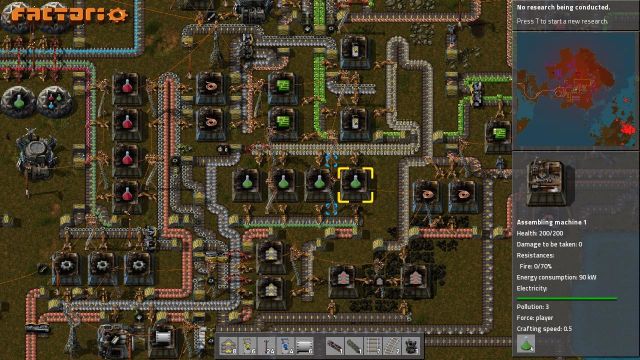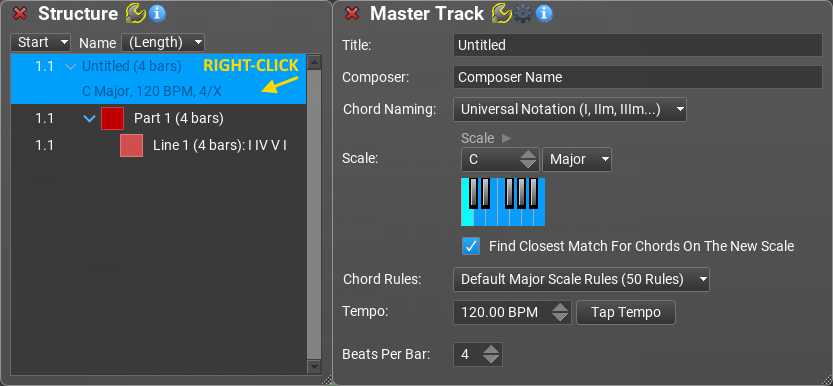

The resize behavior is different depending on how this property is set on the structure. When this property is set to Elevation, the sump depth is controlled by the elevation value of the sump. When this property is set to Depth, the sump depth is controlled by the depth, based on the lowest pipe invert. That property is the Control Sump By property, and it can be set to Depth or Elevation. When you are moving a connected pipe down, there is a part property associated with the junction structure that affects the structure resize behavior in this situation. Understanding the Control Sump By Property In this case, the structure’s rim elevation remains unchanged. If you move the pipe up, but not to the point where it touches the vertical pipe clearance area, then the pipe is moved up, but the rest of the structure remains where it is. In this case, the structure’s rim elevation changes (moves up). When a pipe that is connected to a junction structure is moved up, to the point where it violates the vertical pipe clearance, the top (rim) of the structure automatically moves up so that the pipe does not touch the vertical pipe clearance area. This is displayed on the Part Properties tab of the Structure Properties dialog box, in the Part Data section. To verify that a structure is categorized as a junction structure, check that the Part_Type property is set to Struct_Junction.They do not apply to inlet/outlet structures or null structure types. Note that the resize behaviors explained here apply only to junction structures.However, part rules can be configured so that they affect the structure resize behavior. The resize behavior of junction structures is independent of the behavior supplied by part rules.Elevation changes to the junction structure’s rim, connected pipes, or sump, could occur when the structure is grip edited, or when the referenced surface changes, or when pipe elevations are changed.Other resize behaviors control how far you can move the junction structure’s rim or sump up and down.īefore editing junction structures, make sure you understand the following about the resize behavior: This is just one example of the resize behavior that is built in to junction structures.


If you try to move a connected pipe into the structure’s vertical pipe clearance area, you will notice in your drawing that the top of the structure (rim) automatically moves up. The resize behavior allows the junction structure to maintain the frame height, cone height, and honor the vertical pipe clearance area, at the top of the structure, with no pipes connecting in to that part of the structure. This is to ensure that the pipe remains connected to the structure below the vertical pipe clearance area. For example, if you move the top-most pipe invert up, raising its elevation to the point where it reaches the top of the structure (rim), the rim moves up automatically.


 0 kommentar(er)
0 kommentar(er)
